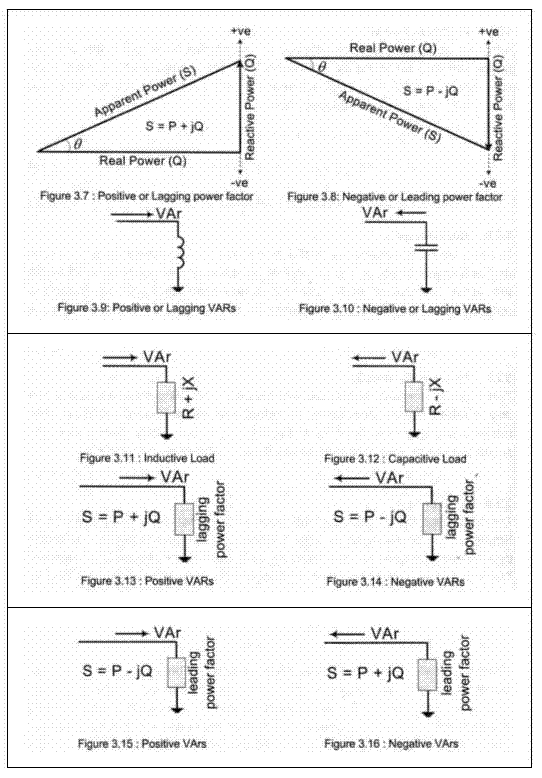powersys
Advanced Member level 1
negative power factor
Could someone show me the relationship, if any, withing the following terms:
Lagging/Leading Power Factor (PF)
Lagging/Leading Reactive Power (Q)
Positive/Negative Reactive Power (Q)
Can I say that Lagging PF = Lagging Q = Positive Q?
Thanks.
Could someone show me the relationship, if any, withing the following terms:
Lagging/Leading Power Factor (PF)
Lagging/Leading Reactive Power (Q)
Positive/Negative Reactive Power (Q)
Can I say that Lagging PF = Lagging Q = Positive Q?
Thanks.
